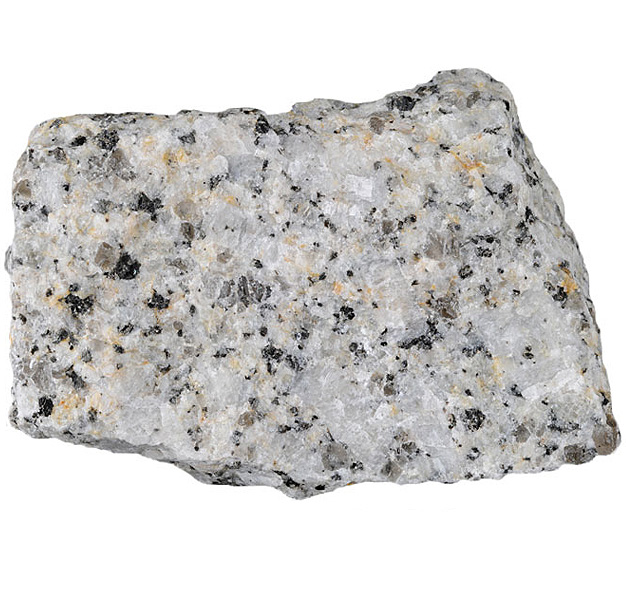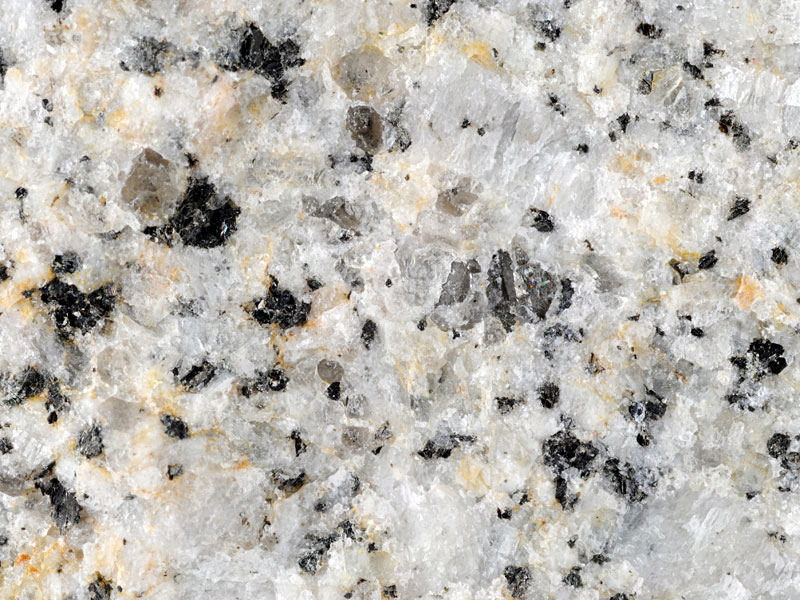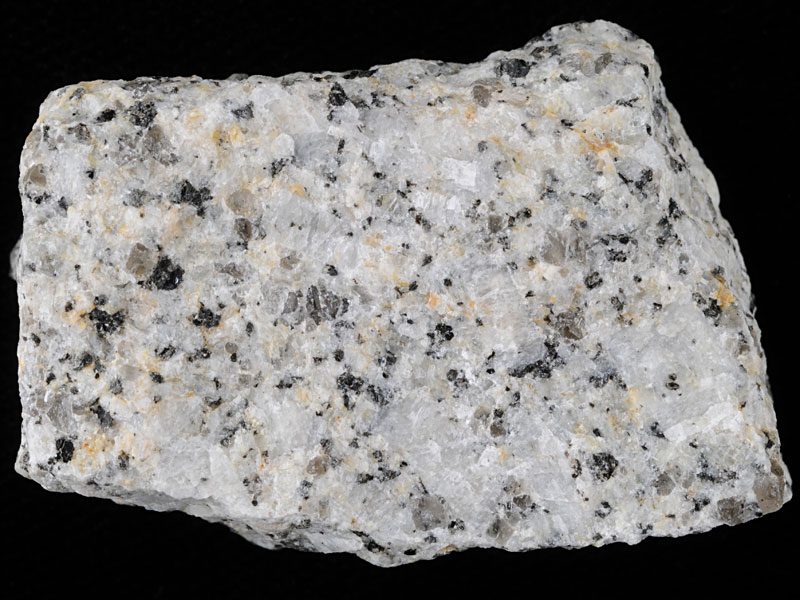
Fact sheet
The Loch Doon granite formed towards the centre of the pluton, which is one of the finest examples in Scotland of a zoned pluton showing inwards progression from a dioritic margin to an acid interior. The Loch Doon pluton is one of the Later Caledonian intrusions in southern Scotland intruded around 408 million years ago during the Devonian period.
In thin section the granite contains coarse grained plagioclase, quartz, and orthoclase grains which exhibit perthite exsolution textures. The larger grains are surrounded by smaller polygonal grains of quartz and feldspar that appear to indicate late stage recrystallisation. Smaller grains of biotite mica is also present in the section and a significant proportion of them are partially altered to chlorite
The United Kingdom Virtual Microscope (UKVM) collection consists of igneous, sedimentary and metamorphic rocks from around the UK.
It is intended as a teaching resource, helping to tell the story of the common rock types and how they form, and reflecting the history of the UK at the margins of the continent of Europe. The collection is a series of teaching sets, for example igneous rocks from the North Atlantic Igneous Province and SW England; high-temperature metamorphic rocks from Scotland and low-temperature metamorphic rocks from Wales; and sedimentary rocks, including English limestones and sandstones.








